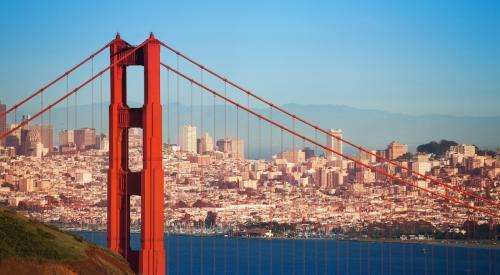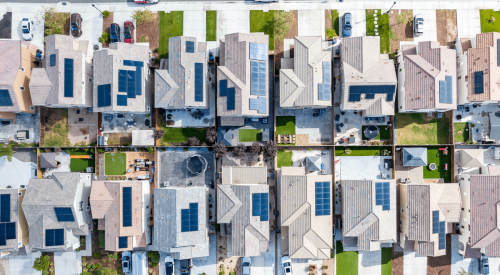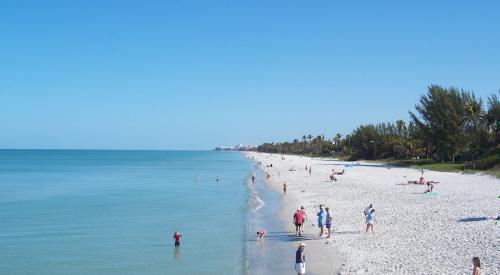Lawn care startup LawnStarter examined 200 of the nation’s metros across 24 variables to identify the top 10 eco-friendly cities. Variables include the prevalence of electric cars, zero-waste buildings, farmers markets, and environmental protection laws. San Francisco placed at number one while Boston came in second and Sacramento ranked third. One notable takeaway from the findings is that many larger cities are often more eco-friendly than smaller urban areas. New York City, for example, ranks at 14, says Realtor.com. And California is known for its sustainability practices, especially because the state’s climate swings result in severe consequences, such as drought, fires, and electricity costs.
“It’s interesting to see several cities like Rochester, Baltimore, and Seattle ranking higher on the list than places in Florida, which have an abundance of sunshine and rain that could translate into huge energy savings if they choose to do so,” says Cara Ameer, a real estate agent in with Coldwell Banker in California and Florida.
In fact, cities in the Sunshine State hold five of the worst rankings on this list. Why? One simple reason pointed out by experts: Floridians love their cars.
“Transportation is the leading source of CO2 emissions, and Florida did away with vehicle inspections and emissions testing in 2000, which helps to explain the state’s higher carbon footprint,” says Davis.
One easy fix might be laws to promote more carpooling, and continuing the work-from-home trend, which tamps down on rush hour traffic.
Here’s a rundown of the least sustainable cities surveyed for this list.













